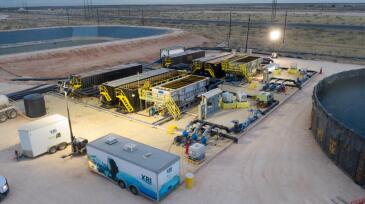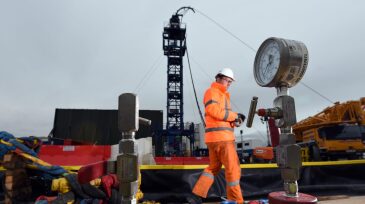induced seismicity
-
Before 2012, water management for unconventional oil and gas plays was in its infancy and was trying to keep up with operations. Today, many of the initial challenges have been resolved but new challenges persist. What does the future hold for water in the US onshore unconventional plays?
-
The Railroad Commission of Texas is inspecting injection wells in the Gardendale Seismic Response Area where a magnitude 5.3 earthquake and multiple aftershocks struck.
-
The Evolution Pipeline System will help to mitigate Permian Basin seismicity through produced water recycling and diversion of produced water from areas of high seismicity.
-
Induced seismicity put a stop to hydraulic fracturing in the UK, but rising natural gas prices might change that.
-
The Texas Railroad Commission has designated a new swath of the Permian as a Seismic Response Area after a series of earthquakes linked to water-disposal wells rattled the area.
-
Flow rate is a major challenge for geothermal. However, the techniques used in shale to prevent flow localization can be applied directly to geothermal. If we can create hundreds or thousands of flowing fracture pathways around a horizontal or deviated geothermal well, then we will have truly “changed the game.”
-
Broad consensus is forming on the need for a massive expansion in global carbon capture and storage (CCS) capacity. But what are the uncertainties, bottlenecks, and opportunities in the subsurface that await CCS planners?
-
This paper presents a coupled 3D fluid-flow and geomechanics simulator developed to model induced seismicity resulting from wastewater injection.
-
New research links a rise in seismic activity in West Texas with increased oil and gas development over the past 20 years and, in particular, the past decade.
-
The decision comes 2 months after UK shale operator Cuadrilla Resources halted stimulation work at its Preston New Road site in Lancashire because of a magnitude 2.9 seismic event.










